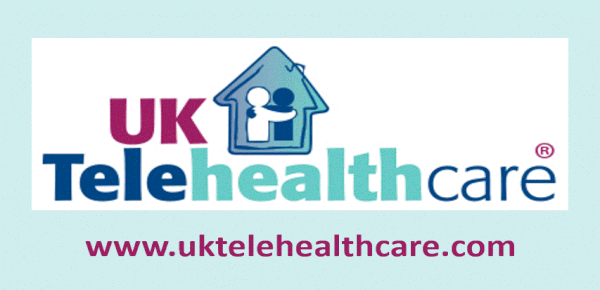VA wins on the budget, but the Secretary’s in a spot of bother. Updated. Last week started off as a good week for Secretary Shulkin with a White House budget proposal that increased their $83.1 billion budget by 11.7 percent, including $1.2 billion for Year 1 of the Cerner EHR implementation in addition to the agency’s $4.2 billion IT budget which includes $204 million to modernize VistA and other VA legacy IT systems in the interim. While the Cerner contract went on hold in December while record-sharing is clarified, the freeze is expected to be lifted within a month. POLITICO Where the trouble started for Dr. Shulkin was in the findings of a spending audit by the VA’s Inspector General’s Office of an official European trip to Copenhagen and London which included unreimbursed travel by Mrs. Shulkin and free tickets to Wimbledon, at least partly justified by a doctored email. This has led to the early retirement of the VA Chief of Staff Vivieca Wright Simpson and also an investigation of hacking into Wright Simpson’s email. It also appears that some political appointees in the VA are being investigated for misconduct. CNBC, FierceHealthcare.
Updated: POLITICO doesn’t feel the love for Dr. Shulkin in today’s Morning eHealth, linking to articles about the supposed ‘internal war’ at the VA, with veterans’ groups, with the Trump Administration, and within the VA. It’s the usual governmental infighting which within the 16 Feb article is being whipped by POLITICO and co-author ProPublica to a fevered pitch. Dr. Shulkin comes across as doctor/tech geek who underestimated the politicization of and challenges within an agency with the mission to care for our veterans. It’s also an agency having a hard time facing the current demands of a dispersed, younger and demanding veteran group plus aging, bureaucratic infrastructure. As usual the ‘privatization’ issue is being flogged as an either/or choice whereas a blend may serve veterans so much better.
Digital health entrepreneur named CEO of the American Telemedicine Association. A first for ATA is a chief from the health tech area who is also one of the all-too-rare executive women in the field. Ann Mond Johnson, who will be starting on 5 March, was previously head of Zest Health, board chair and advisor to Chicago start-up ConnectedHealth (now part of Connecture), and had sold her first start-up company Subimo to WebMD in 2006. She began her career in healthcare data and information with The Sachs Group (now part of Truven/IBM Watson). Ms. Johnson replaces founding CEO Jonathan Linkous, who remained for 24 years before resigning last August and is now a consultant. ATA release, mHealth Intelligence. ATA relocated in January from Washington DC to nearby Arlington Virginia. And a reminder that ATA2018 is 29 April – 1 May in Chicago and open for registration.
Allscripts’ ‘Such a Deal’! Following up on Allscripts’ acquisitions of Practice Fusion for $100 million (a loss to investors) and earlier McKesson’s HIT business for $185 million [TTA 9 Jan], it hasn’t quite paid for itself, but came very close with the sale of McKesson’s OneContent, a healthcare document-management system, for a tidy $260 million. Net price: $25 million. Their CEO is some horse trader! Some of the savings will undoubtedly go to remedying the cyberattack in January that affected two data centers in North Carolina, shutting down EHR and billing applications for approximately 1,500 physician practices, which have launched a class action lawsuit. FierceHealthcare
Flatiron Health acquired by Roche. (more…)






Most Recent Comments